Maximize Your Productivity with Kanban and Apple Reminders
Written on
Introduction to Kanban and Apple Reminders
If you're tackling a lengthy essay, a project, or even a book, Apple Reminders can effectively track your progress and identify any obstacles that arise.
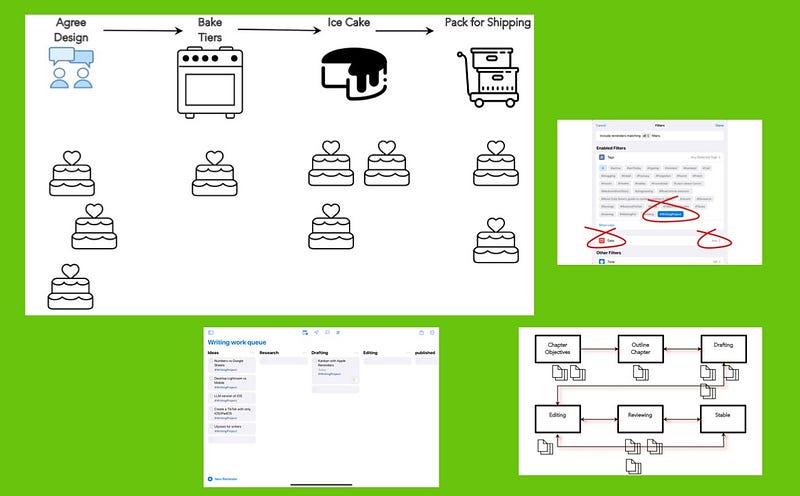
Kanban and Apple Reminders (diagram by author)
Contents:
- Introduction to a simple yet powerful feature
- Understanding Kanban and its significance
- The benefits of Kanban for individuals
- Creating customized Kanbans, templates, and schedules
- Utilizing deep-linking with the Kanban workflow
Each year, Apple makes improvements to its native applications, and in 2023, it’s Reminders’ turn. This long-standing task management tool now allows users to categorize tasks into sections.
You might wonder how this seemingly minor update can be useful. This change enables users to apply Kanban, a productivity strategy originally developed by Toyota, to their personal workflows.
Yes, you heard it right—Kanban can boost your personal productivity too. This method is great for tracking progress on projects, whether for a class, content creation, or managing a side business.
For instance, I’m currently writing a book and utilizing Kanban to oversee the drafting and editing of chapters. This system allows me to visualize my progress or recognize where I'm falling behind, pinpointing which chapters require more attention.
Apple Reminders incorporates Kanban with the advantage of deep-linking between the visual board and specific tasks. This means you can click on a task on the board and be directed straight to the corresponding chapter.
In the following sections, I’ll provide a concise overview of Kanban and demonstrate how to implement it using a straightforward example. Since I’ve started using Kanban in Reminders, I find it hard to imagine how I managed tasks without it.
Note: These features are available in iOS/iPadOS 17 and macOS Senosa, which were released as public betas in August 2023. My experience with the beta versions has been positive, but Apple offers no guarantees. Final versions are expected to launch in September.
What is Kanban, and Why is it Important?
"Kanban" is a Japanese term that translates to "visual board" or "sign." The core concept involves breaking your workflow into stages and observing how tasks transition between these stages. This approach was initially created by Toyota to enhance automotive manufacturing processes.
By visualizing your workflow on a Kanban board, you can quickly assess your current status. The simplicity of this method makes it more likely that you will stick with it.
For example, consider a scenario where you and a colleague make and sell wedding cakes. Each order may pass through several steps:
- Finalize Design
- Bake Tiers
- Frost the Cake
- Package for Delivery
In your kitchen, you could have a Kanban chart that displays the status of each order.
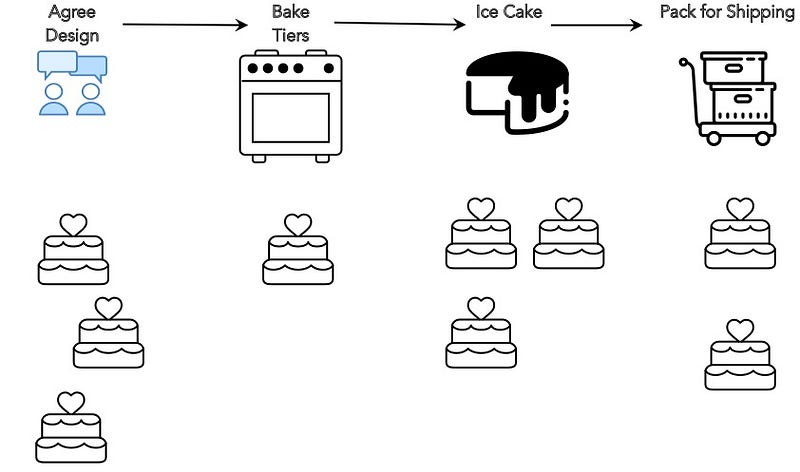
A Kanban for an imaginary cake firm (illustration by author)
Typically, you should see a constant flow of orders moving across the chart. However, if you notice a backlog at any stage, such as "Frost the Cake," it may be time to investigate and address the issue.
Kanban serves as a framework to track and enhance processes where tasks follow a multi-step workflow. It can be as straightforward or as complex as you wish.
For more information on Kanban, check out this link:
Why Kanban is Beneficial for Individuals
You may wonder how Toyota’s strategy could benefit you when working independently. The answer lies in its applicability to any intricate project or process where tracking the progress of various components is beneficial.
Let’s say you're developing a project for a course. Your write-up might consist of different chapters that go through various stages:
- Define Chapter Goals
- Outline Chapter Structure
- Drafting
- Editing
- Reviewing
- Finalizing
This workflow can be represented visually, showcasing how chapters can shift between stages.
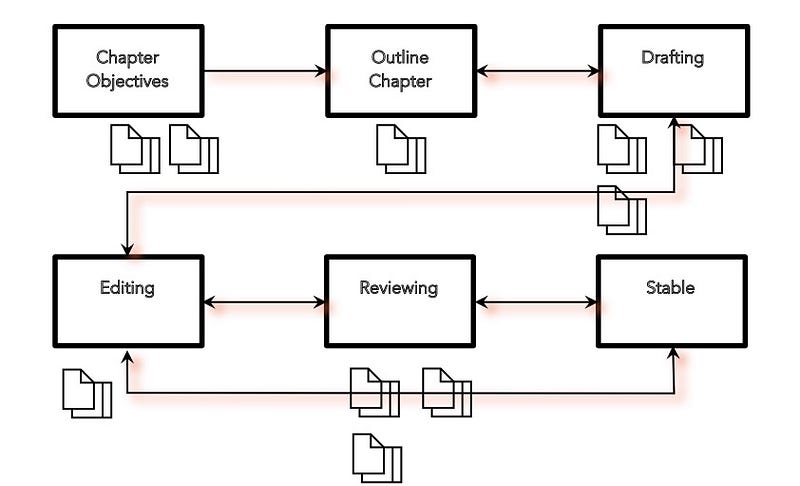
Document Flow on the Kanban (diagram by author)
Using this Kanban chart, you can visualize how each chapter progresses and identify how much work remains.
I will now illustrate how Reminders and Kanban can work in tandem while also demonstrating project scheduling.
Creating Custom Kanbans, Templates, and Schedules
The Kanban board can be set up using the columns/sections feature in Reminders, which allows for a new way to categorize tasks within a list. Each reminder serves as a representation of a task.
It's worth noting that this feature has a different name depending on how you view it. In list view, the items are divided into sections, while in column view, they are referred to as columns.
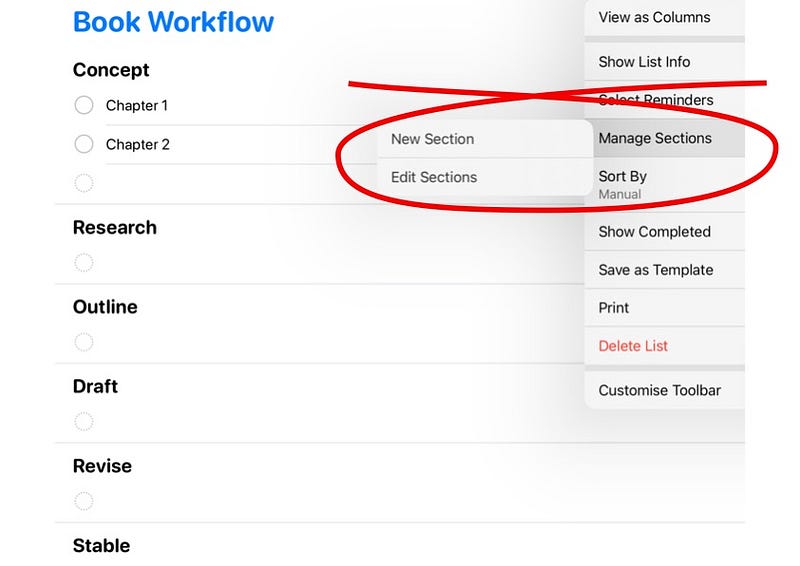
List of reminders divided into sections (Screenshot by author)
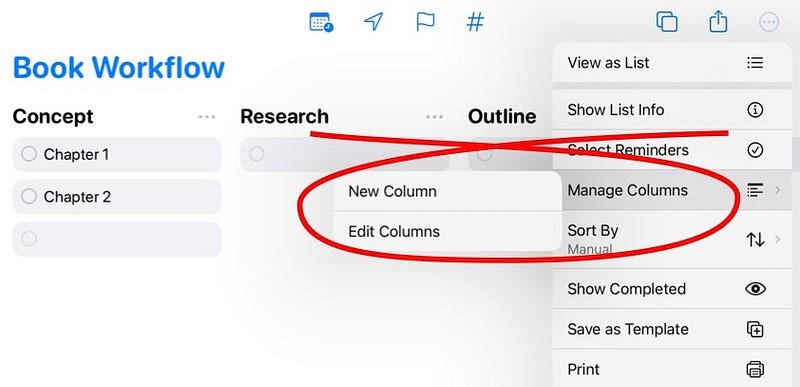
The same list viewed as columns (Screenshot by author)
This duality of terminology can be perplexing, but it reflects Apple's innovative approach to user interface design.
Regardless, we can model each step of our workflow by creating a column or section for each one. Let's focus on column mode for this example.
Here’s how to set it up:
- Create a new standard list.
- Switch to column view.
- Tap the three-dot icon and select "New Column."
- Add a column for each step.
Below is a screen capture showing the process on the iPad.
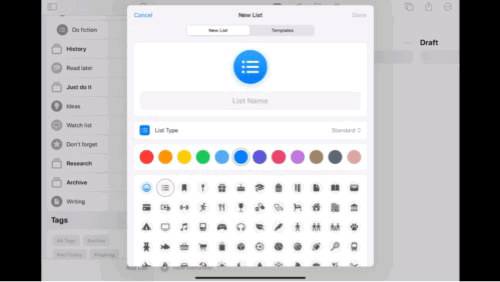
If you anticipate reusing this workflow, save the list as a template. For instance, if you plan to write several books:
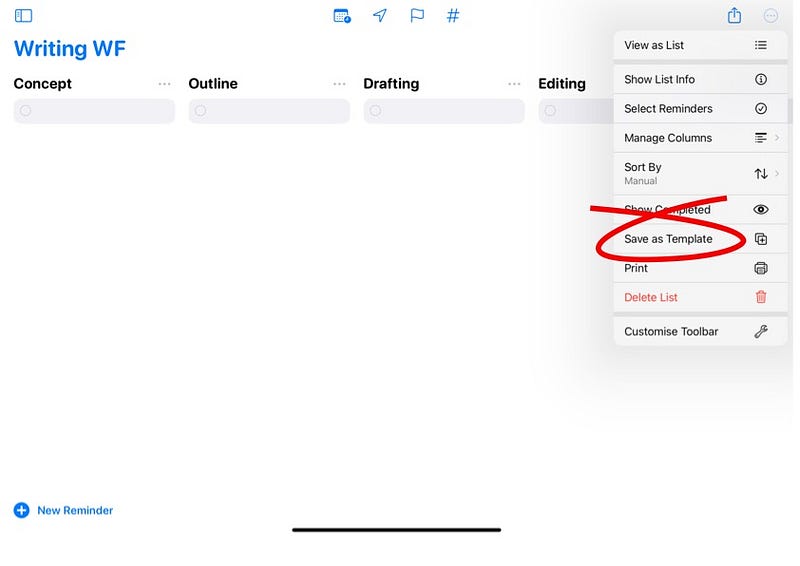
Creating a template (Screenshot by author)
This way, you can create multiple instances of your Kanban. If you don’t plan to reuse the Kanban, simply start using it right away.
Using the Kanban
You can create reminders for each task, such as chapters, and move them through your workflow by simply tapping or dragging them. It’s that straightforward.
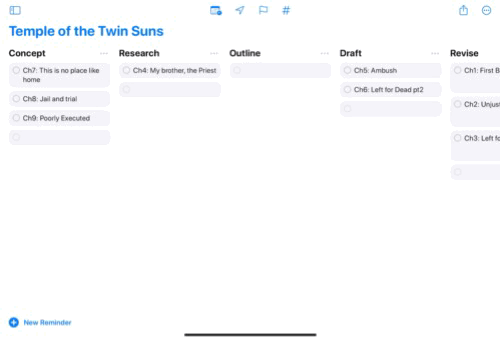
Moving work items (screen capture by author)
As each task is a Reminder, you can include extensive information such as sub-steps, tags, and deadlines.
Creating a Schedule
While being aware of each chapter's status is beneficial, having a clear schedule is even more advantageous. Though the Kanban itself doesn’t offer this capability, you can implement a workaround.
- Create a tag for each writing project and label each reminder accordingly.
- Construct a smart list that matches the tag to represent your project schedule.
- Order that list by reminder deadlines.
This way, you can use your Kanban to manage chapters while assigning deadlines to any component that requires it. When you check the project schedule list, you’ll clearly see what’s been scheduled and in what order.
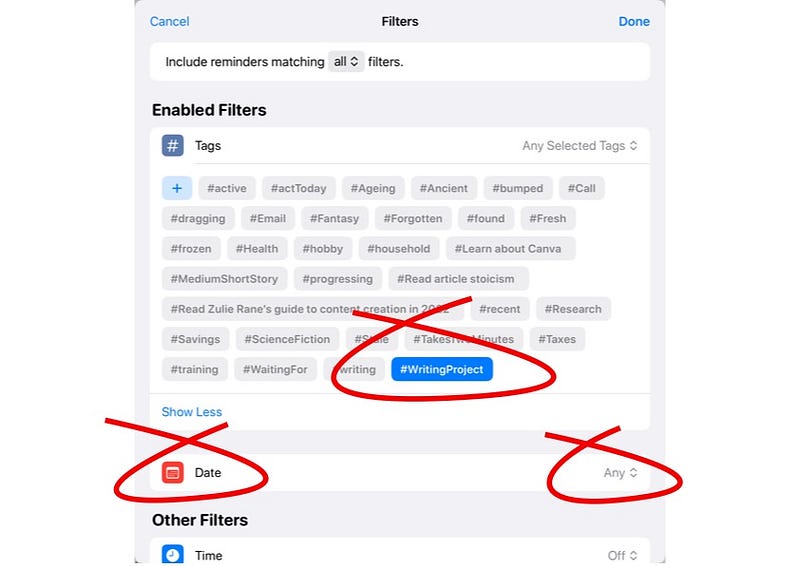
Identifying Scheduled Work Items (Screenshot by author)
Additionally, you can create a list of tasks that haven’t been scheduled by adjusting the smart list rule to show items without deadlines.
Subtasks
Each reminder card in the Kanban signifies a task at a certain stage. Often, it can be useful to know what actions are needed to progress the task to the next step.
You can manage this using subtasks. Simply tap on the reminder to reveal an info icon, then access the full editing window. Scroll down to find subtasks, where you can add a list of actions required for the task.
Once you return to the Kanban board, you can choose to display or hide the subtasks for each reminder.
Deep-Linking and the Kanban Workflow
If you can generate a URL for a task, you can create links between your Kanban reminders and the associated tasks. Here’s how to do this using Ulysses:
- Locate your Ulysses document and tap the three dots icon.
- Select "Share" and scroll to "Copy Callback URL" to copy it.
- Return to your Kanban and find the relevant reminder.
- Tap the info icon and paste the URL, then close the editing dialog.
An icon will then appear in the bottom right corner of the reminder. Click on it to access the document. This feature works with any app that supports deep-linking.
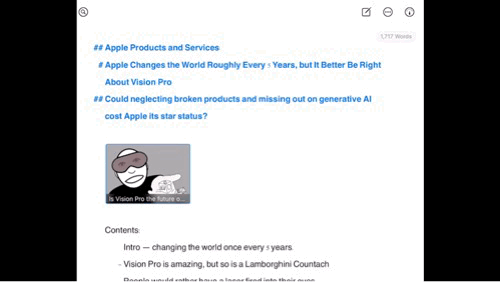
Deep-link to a document (screen capture by author)
Final Thoughts
A seemingly minor update has opened up a new realm for users of Reminders. Although it may have some quirks, it’s effective, free to use, and accessible on iPhone, iPad, and Mac. It’s a fantastic tool for enhancing your productivity.
Explore how Apple Reminders has integrated Kanban Boards to boost your productivity.
Watch a detailed setup of Apple Reminders on the iPad for effective task management.